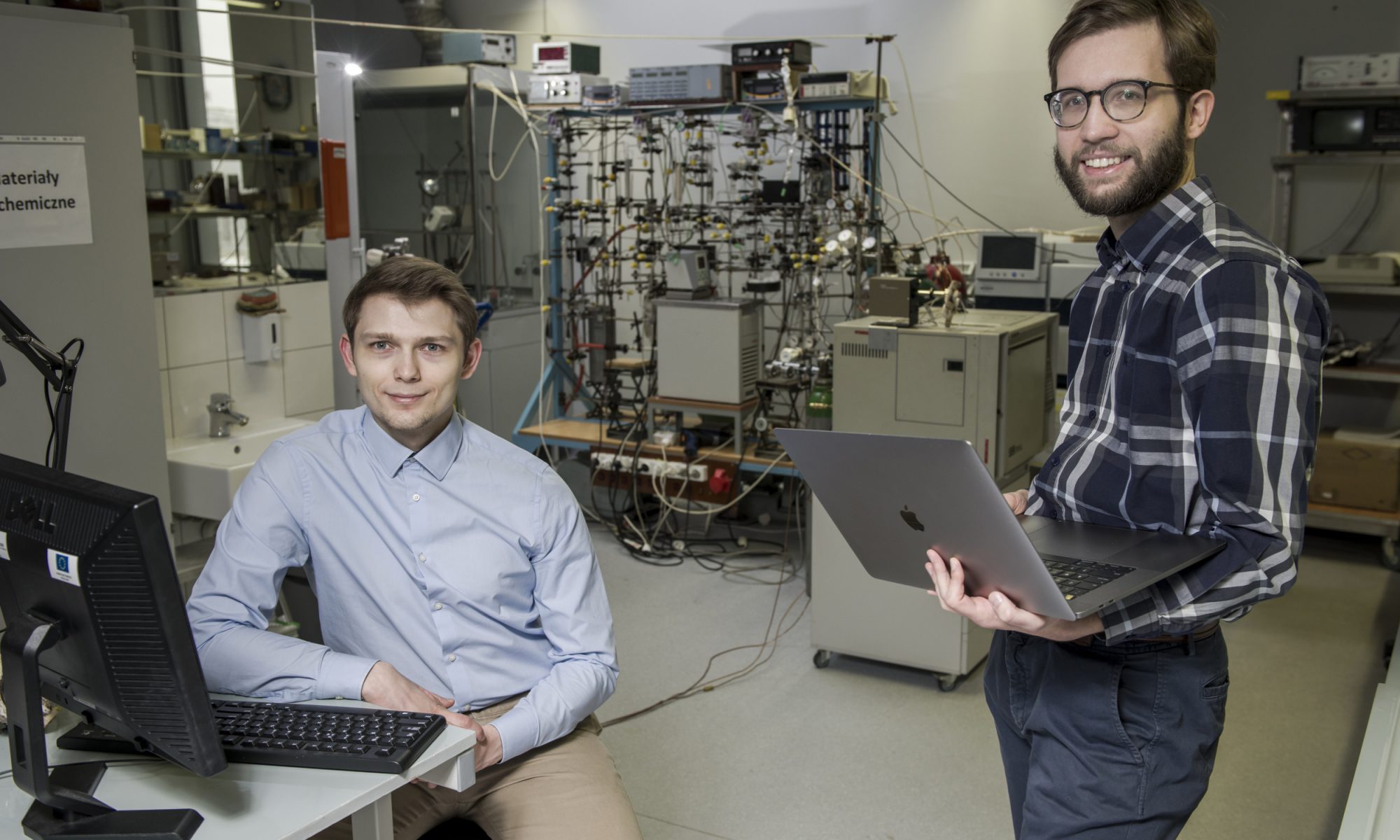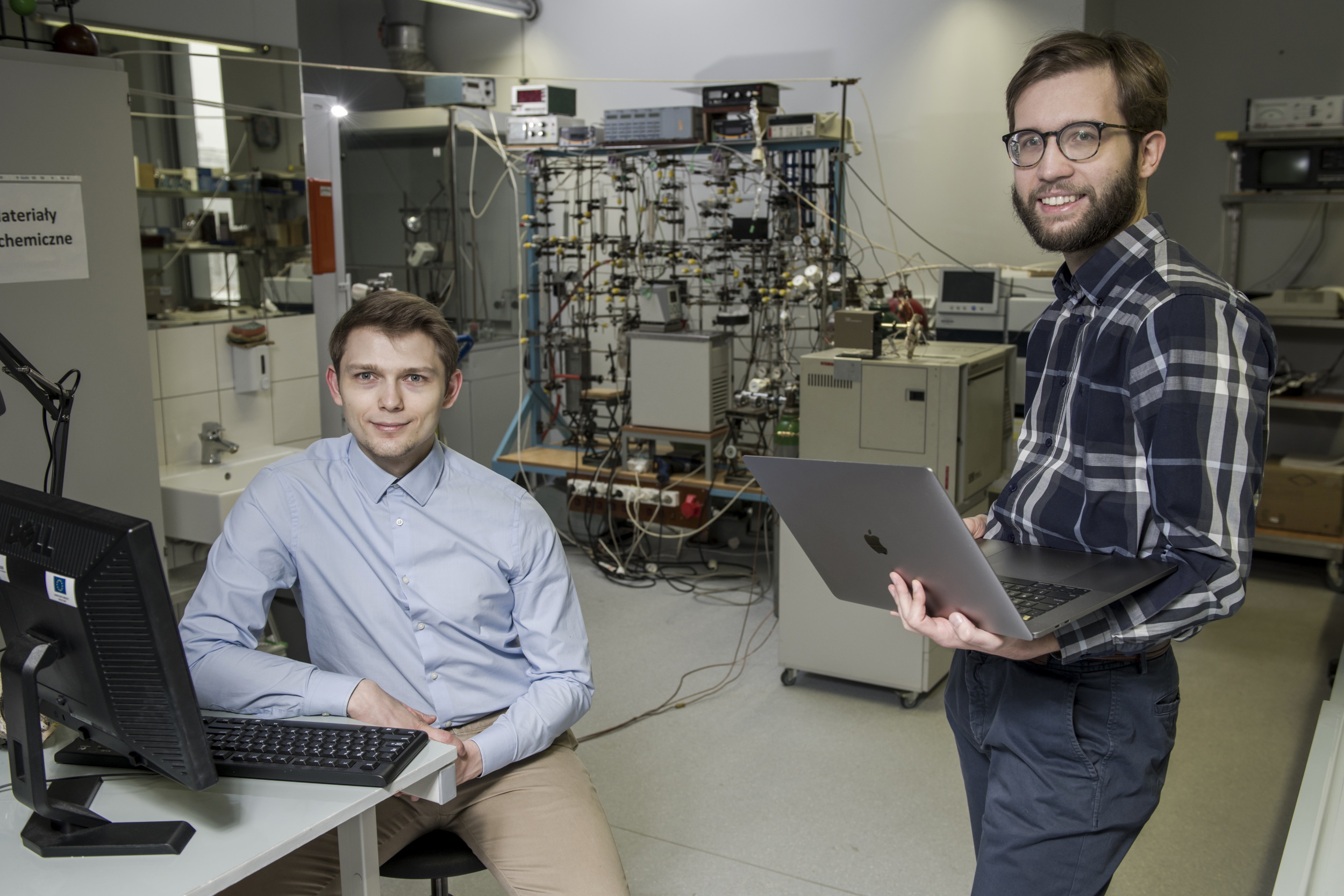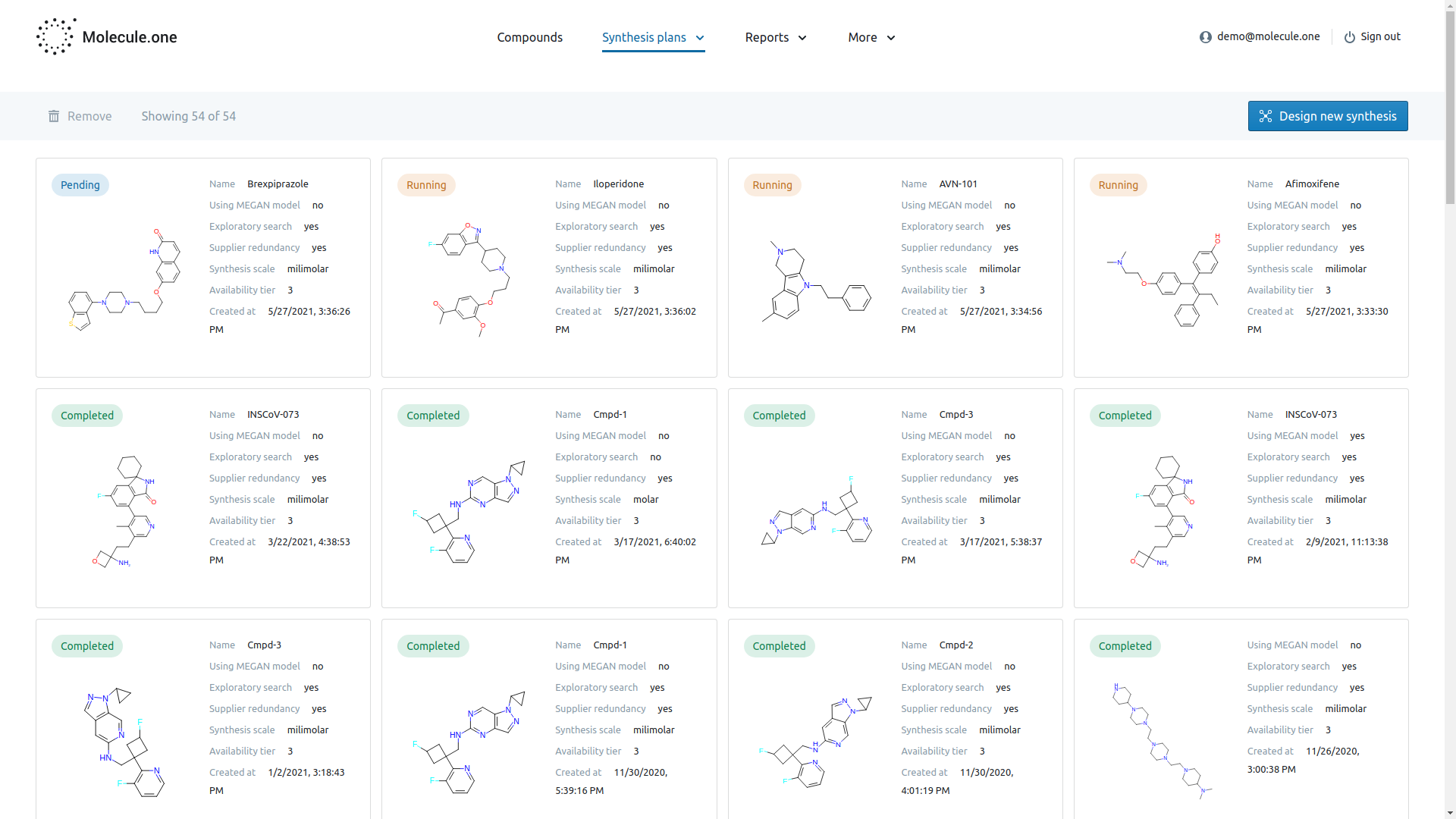The team at TechCrunch is preparing for another epic Startup Battlefield competition this year at Disrupt 2021 on September 21-23 and we’re assembling a superstar team of judges that will choose the winner who gets to take home $100K and the Disrupt Cup. We’re thrilled to have Venrock’s Camille Samuels join us as one of our esteemed Battlefield judges at our second virtual Startup Battlefield.
Samuels is a partner at Venrock, building out the team’s investments in the healthcare world, focusing specifically on plays in biotech, medical devices and consumer health. Some recent bets include Unity Biotechnology, Iris Medicine and Biolux. Samuels joined Venrock in 2014 after 12 years at healthcare-centric firm Versant Ventures. Before the start of her 20+ year career in venture, Samuels worked in business development at drug discovery company Tularik and had stints in corporate development at Genzyme and Millennium Predictive Medicine.
When we spoke with Samuels early last year she talked about her interests in technology that could keep people healthier for longer. “In general, the big idea of improving health span is what really interests me. I want us to extend out the years that we can be healthy and happy versus on medication and decrepit,” she told us.
It’s been a big year for Venrock, which recently closed its ninth fund with $450 million; the firm’s latest exits include last year’s IPOs of Cloudflare and 10x Genomics.
Disrupt 2021 runs September 21-23 and will be 100% virtual this year. Get your pass to attend with the rest of the TechCrunch community for less than $100 if you secure your seat before next month.
( function() {
var func = function() {
var iframe = document.getElementById(‘wpcom-iframe-82e7089bb76c80e1d7d73433ec8b0f47’)
if ( iframe ) {
iframe.onload = function() {
iframe.contentWindow.postMessage( {
‘msg_type’: ‘poll_size’,
‘frame_id’: ‘wpcom-iframe-82e7089bb76c80e1d7d73433ec8b0f47’
}, “https://tcprotectedembed.com” );
}
}
// Autosize iframe
var funcSizeResponse = function( e ) {
var origin = document.createElement( ‘a’ );
origin.href = e.origin;
// Verify message origin
if ( ‘tcprotectedembed.com’ !== origin.host )
return;
// Verify message is in a format we expect
if ( ‘object’ !== typeof e.data || undefined === e.data.msg_type )
return;
switch ( e.data.msg_type ) {
case ‘poll_size:response’:
var iframe = document.getElementById( e.data._request.frame_id );
if ( iframe && ” === iframe.width )
iframe.width = ‘100%’;
if ( iframe && ” === iframe.height )
iframe.height = parseInt( e.data.height );
return;
default:
return;
}
}
if ( ‘function’ === typeof window.addEventListener ) {
window.addEventListener( ‘message’, funcSizeResponse, false );
} else if ( ‘function’ === typeof window.attachEvent ) {
window.attachEvent( ‘onmessage’, funcSizeResponse );
}
}
if (document.readyState === ‘complete’) { func.apply(); /* compat for infinite scroll */ }
else if ( document.addEventListener ) { document.addEventListener( ‘DOMContentLoaded’, func, false ); }
else if ( document.attachEvent ) { document.attachEvent( ‘onreadystatechange’, func ); }
} )();
Source: Tech Crunch




